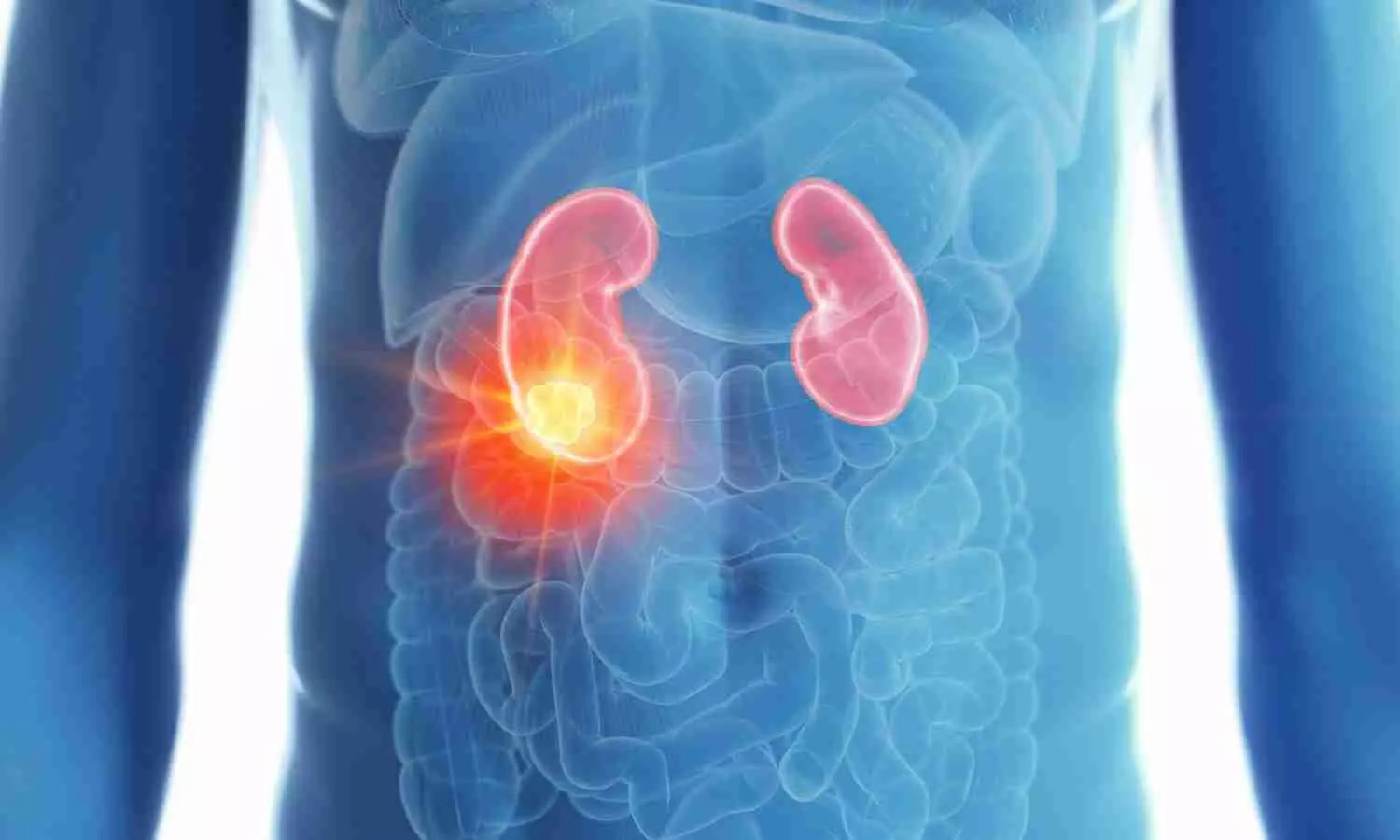Subcutaneous Nivolumab as Effective as IV injection for Renal Cell Carcinoma-With Much Faster Treatment Time

Subcutaneous injection of the immunotherapy nivolumab (brand name Opdivo) is noninferior to intravenous delivery and dramatically reduces treatment time in patients with renal cell carcinoma, as seen in the results of a large phase 3 clinical trial reported today at the 2024 American Society of Clinical Oncology (ASCO) Genitourinary Cancers Symposium in San Francisco, California. Saby George, MD, FACP, Professor of Oncology and Medicine and Director of Network Clinical Trials at Roswell Park Comprehensive Cancer Center, will deliver an oral abstract summarizing the findings of “A Study of Subcutaneous Nivolumab Versus Intravenous Nivolumab in Participants with Previously Treated Clear Cell Renal Carcinoma That Is Advanced or Has Spread (CheckMate-67T)” (NCT04810078).
“The burden of treatment felt by cancer patients is tremendous. If nivolumab can be given as a subcutaneous injection instead of an intravenous infusion, their treatment experience will be significantly improved,” says Dr. George, who is the presenting author, a member of the clinical trial steering committee and site principal investigator at Roswell Park. “Instead of one hour in an infusion chair, they will get the injection done in five minutes.”
He points to the high demand for infusion chair appointments at most cancer centers, which can result in treatment delays of a week or more.
“If nivolumab becomes available subcutaneously, we can administer it in the clinic instead of sending patients to infusion centers,” he says. That outcome could simultaneously speed treatment time for patients receiving nivolumab and shorten wait times for patients who still need to receive treatment in an infusion center.
The availability of injectable nivolumab could also reduce health disparities. “One of the major problems is access to treatment,” says Dr. George, noting that some patients live a long distance from an infusion center and do not have a way to get there. “Patients who don’t live near an infusion center could get treatment closer to home, at a clinic, and that could improve access and help reduce disparities.”
Sponsored by Bristol Myers Squibb, the drug’s manufacturer, the clinical trial began in May 2021, randomizing 495 patients at 73 centers in 17 countries. Roswell Park was one of only three participating sites in the U.S. and the only one in New York State.
Patients in the study had advanced or metastatic renal cell carcinoma, had received no more than two prior treatments with systemic therapies and no prior immunotherapy. They were randomized 1:1 to receive nivolumab either subcutaneously or intravenously. Nivolumab is FDA-approved and the standard-of-care treatment for those patients.
The study’s primary objective was to evaluate the pharmacokinetics of subcutaneous vs. intravenous delivery-how the body interacted with the nivolumab, including whether blood levels of the drug were comparable in the two groups over time. Those measures included the daily average concentration of the drug in the blood over 28 days (Cavgd28) and the concentration of the drug at the end of the dosing cycle (Cminss). Both measures were noninferior to intravenous nivolumab, as evidenced in pharmacokinetic measures and overall response rate.
The objective response rate for the subcutaneous group-the percentage of patients who achieved a complete or partial response, measured by blinded independent central review-proved noninferior to the intravenous group, at 24.2% vs. 18.2%, respectively. Median progression-free survival stood at 7.23 months for the subcutaneous group vs. 5.65 months for the IV group. The safety profile was similar for both groups.
More than 80,000 new cases of renal cell carcinoma are diagnosed in the U.S. each year.
Because nivolumab is already FDA-approved for more than 20 indications across multiple malignancies, CheckMate-67T will likely serve as a gateway to additional studies evaluating the effectiveness of the subcutaneous formula in other patient populations.
“This is a groundbreaking achievement for patients and physicians, and will definitely make treatment easier for patients,” says Dr. George.



